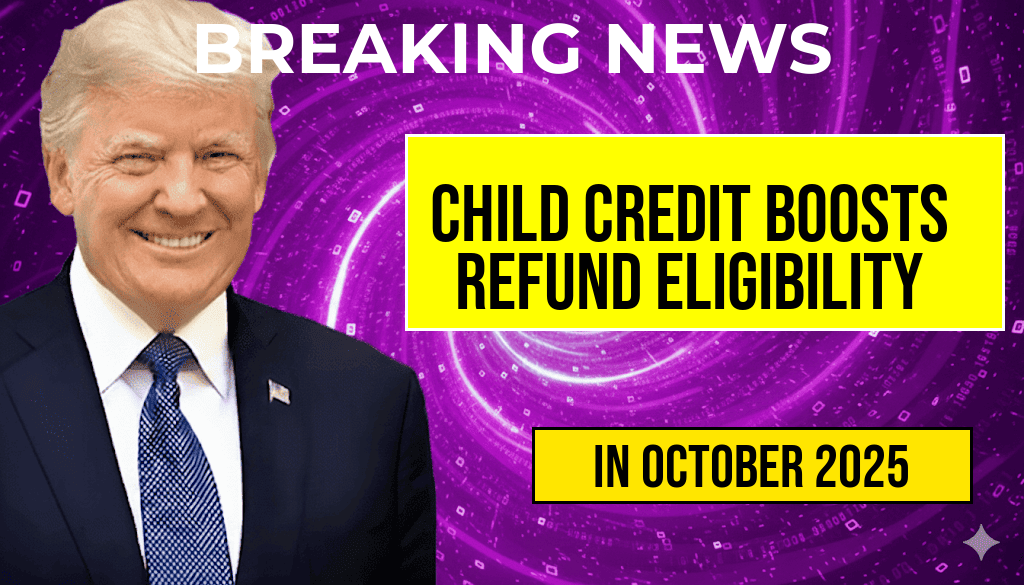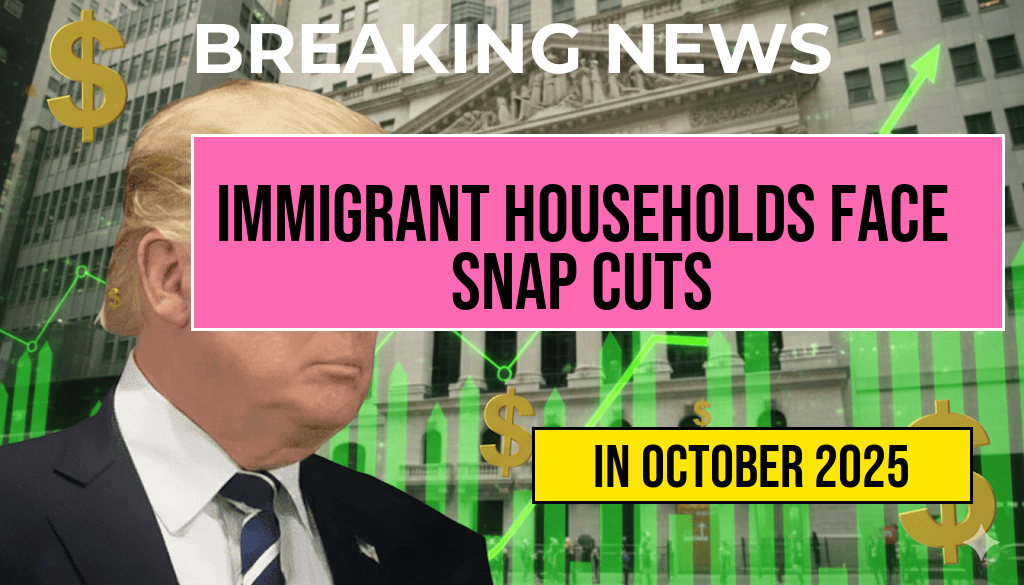The recent enhancement of the Child Tax Credit, increasing the maximum benefit to $2,200 per qualifying child, has significantly expanded eligibility for many families, leading to a rise in refunds and financial relief. This adjustment, part of ongoing efforts to support working families, aims to reduce child poverty and ease economic pressures on households across the country. As a result, more families now qualify for refunds that were previously out of reach, with many seeing immediate impacts on their tax returns. The change comes amid broader discussions about social safety nets and fiscal policy aimed at fostering economic stability for low- and middle-income households. Experts suggest that this shift could influence future legislative approaches to family support programs, with some advocating for permanent adjustments to the Child Tax Credit to ensure ongoing assistance for vulnerable families.
Expanding Eligibility and Its Impact on Families
What Changed in the Child Tax Credit?
The Child Tax Credit (CTC) has undergone several modifications over recent years, with the latest increase to $2,200 per child being one of the most significant. This figure represents a notable rise from prior limits, which averaged around $1,000 to $1,400 in previous years. The increase is part of the American Rescue Plan Act passed in 2021, which temporarily expanded the credit to provide more substantial support to families during the COVID-19 pandemic. While some provisions were designed to expire, several enhancements, including the increased amount, have persisted or been extended through legislative action.
Who Now Qualifies for Refunds?
The increase in the child credit amount has broadened the eligibility criteria, particularly benefiting families with incomes just above the previous thresholds. Previously, families with higher incomes faced phase-outs or were ineligible for the full credit. Now, more low- and middle-income households can claim a larger portion of the benefit, which directly affects the size of their refunds. For many, this means an influx of funds that can be used for essential expenses such as housing, healthcare, and education.
Quantitative Data on Refunds and Eligibility
| Year | Maximum Credit per Child | Income Phase-Out Threshold | Number of Families Eligible for Refund |
|---|---|---|---|
| 2021 | $1,400 | $75,000 (single), $150,000 (married filing jointly) | Approximately 27 million |
| 2023 | $2,200 | $200,000 (single), $400,000 (married filing jointly) | Estimated 35 million |
Economic Implications and Policy Response
Broader Economic Benefits
By increasing the child credit, the government aims to boost household purchasing power, reduce poverty rates, and foster economic stability. According to data from the Census Bureau, families benefiting from these enhancements tend to spend additional income on essential goods and services, thereby supporting local economies. Increased refunds also help mitigate long-term disadvantages faced by children in low-income families, such as lower educational attainment and health disparities.
Challenges and Criticisms
Despite the positive impact, some policymakers and analysts question the sustainability of large-scale credit enhancements without corresponding long-term funding commitments. Critics argue that temporary measures may lead to budgetary uncertainties and potentially discourage work incentives if benefits are perceived as overly generous. Conversely, advocates emphasize that investing in children and families yields substantial social returns, including improved educational outcomes and reduced healthcare costs over time.
Legislative Outlook
Efforts are underway in Congress to make certain elements of expanded child credits permanent, reflecting a shift toward broader social support mechanisms. Bills such as the Build Back Better Act included proposals to extend and expand child tax credits indefinitely, though political debates continue to shape the legislative landscape. The ongoing discussions highlight the importance of balancing fiscal responsibility with the need to support vulnerable populations effectively.
Resources for Families and Taxpayers
- IRS Child Tax Credit Information
- Census Bureau Data on Child and Family Income
- Wikipedia: Child Tax Credit in the U.S.
Frequently Asked Questions
What is the Child Credit of $2,200?
The Child Credit of $2,200 is a tax benefit that helps families reduce their tax liability, providing up to $2,200 per qualifying child to support expenses related to child care and upbringing.
How does the Child Credit of $2,200 impact refund eligibility?
Receiving the Child Credit of $2,200 can increase a family’s eligibility for refunds by allowing them to claim a larger credit amount, potentially leading to a more substantial refund or reducing the amount of taxes owed.
Which families qualify for the Child Credit of $2,200?
Families with qualifying children under the age of 17, who meet certain income requirements and filing status criteria, are eligible to claim the Child Credit of $2,200.
Are there income limits for claiming the Child Credit of $2,200?
Yes, there are income thresholds that determine eligibility. Families with incomes below these limits can fully or partially claim the Child Credit of $2,200, while higher-income families may see reduced benefits.
How can families maximize their refund with the Child Credit of $2,200?
Families can maximize their refunds by ensuring they claim all eligible children, accurately report income, and utilize other tax credits or deductions that complement the Child Credit of $2,200.






